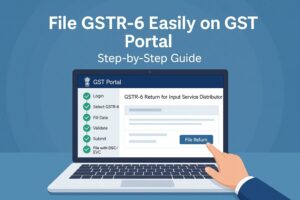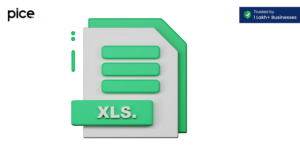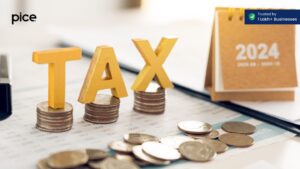GST on Mobile Phones: Can GST be Claimed on Mobile Phones?
- 24 Aug 24
- 11 mins
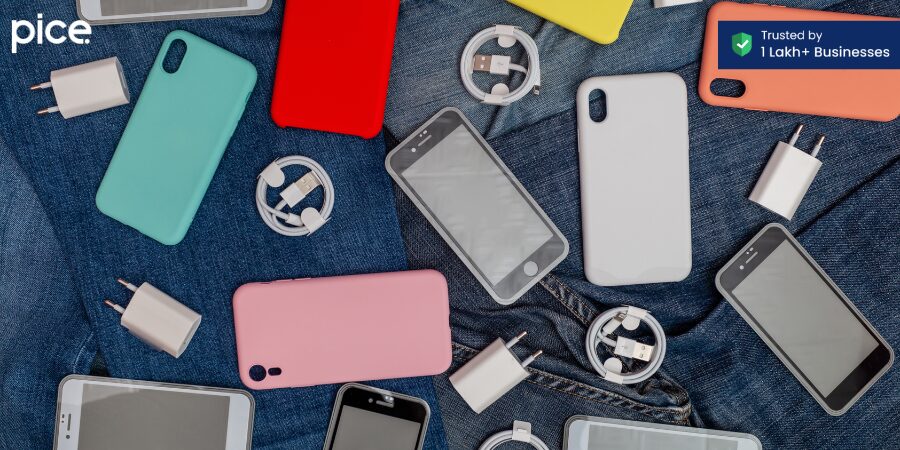
GST on Mobile Phones: Can GST be Claimed on Mobile Phones?
- What Is GST?
- How Does the Mobile Phone Price Change With the Implications of GST?
- GST on Mobile Phones – Types of GST Applicable
- What Is the Value of Supply to Compute GST on Mobile Phones?
- GST on Import of Mobile Phones
- Can I claim an input tax credit (ITC) on mobile phones?
- How Does GST Impact Mobile Phone Prices, Benefits and Unresolved Issues?
- Conclusion
Key Takeaways
- Uniform Tax Rate: GST has replaced varying state-level taxes with a uniform 18% tax rate on mobile phones, leading to consistent pricing across India.
- Impact on Prices: The increase in GST from 12% to 18% and additional import duties have raised mobile phone prices since April 2020.
- Input Tax Credit: Businesses can claim Input Tax Credit (ITC) on mobile phone purchases used for business purposes, reducing their overall tax liability.
- Local Manufacturing Incentives: Budget 2023 changes to import duties aim to promote local manufacturing and reduce production costs for mobile phones.
- Consumer and Market Benefits: The GST system has increased sales, enhanced competition, and reduced the price advantage of online retailers, contributing to a more uniform price structure for mobile phones.
The GST system plays a key role in determining the prices of smartphones. A GST rate for mobile phones and accessories was raised from 12% to 18% starting April 1, 2020, as decided at the 39th GST Council meeting. Additionally, Budget 2023 proposed raising import duties on materials used to make phones, further driving up mobile phone prices.
Thus, knowing the GST rate on mobile phones helps you accurately estimate the total cost of a new phone. Scroll through this blog to learn more about GST on mobile phones, whether you can claim GST on mobile phones, and other crucial details.
What Is GST?
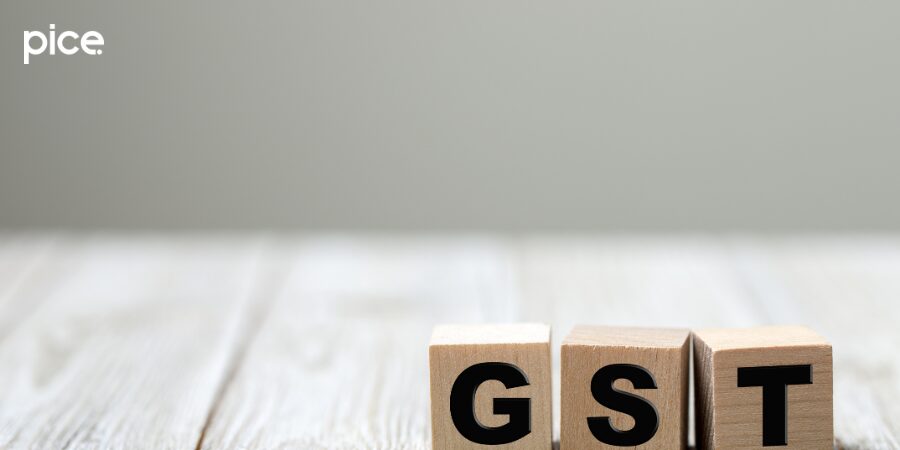
Goods and Services Tax (GST) is a single taxation system implemented in India in 2017 that replaced all indirect taxes. Similar to all consumption taxes, GST is levied on the value of goods and services that are consumed in the country.
GST is collected throughout the supply chain, starting from a mobile phone’s production to the final consumer. With each sale, GST is included in the price of the phone, and the seller is responsible for forwarding the tax to the government.
What is an input tax credit in GST?
Under India’s GST regime, claiming input tax credit (ITC) on mobile phones is crucial. As a business owner, you can avail credit for taxes paid on inputs, including taxes paid on mobile phone purchases used for business purposes. It allows your business to offset its tax liability, facilitate smoother compliance, and reduce overall tax costs.
How Does the Mobile Phone Price Change With the Implications of GST?
Before the implementation of GST, mobile phones were subject to different taxes, including VAT rates and other state-specific taxes. After its implementation, these variations in taxes were clubbed into a single tax. The current GST rate is 18%, which applies to both new and used mobile phones.
Go through the table below to understand the prices of mobile phones before and after the implementation of GST.
| Particulars | Pre-GST Price | Post-GST Price |
| Cost of Manufacturing | ₹20,000 | ₹20,000 |
| Excise duty at 1% | ₹200 | NA |
| Base Value | ₹20,200 | ₹20,000 |
| 14% VAT/ 18% GST | ₹2,828 | ₹3,600 |
| Sale Price Quoted by the Producer to the Retailer | ₹23,028 | ₹23,600 |
| Packing Charges | ₹500 | ₹500 |
| Total Value | ₹20,700 | ₹20,500 |
| 14% VAT/ 18% GST on Packaging Charges | ₹70 | ₹90 |
| Total Price | ₹20,770 | ₹20,590 |
GST on Mobile Phones – Types of GST Applicable
GST has significantly transformed the Indian economy by unifying the taxation system for all goods and services. This tax applies universally to all mobile phones with no exceptions.
SGST & CGST or IGST are applied as inter and intra-state Tax
If you buy a mobile phone from a dealer in the same state or Union Territory, you will have to pay 9% CGST (Central Goods and Services Tax) and 9% SGST (State Goods and Service Tax). If a mobile phone is bought from a vendor who sells it from different states or Union territories,, such as e-commerce entities, then such a dealer will have to charge 18% IGST.
This variation in tax rates is based on whether the mobile phone is bought within the same state (intra-state purchase) or between different states (inter-state purchase). This brings about uniformity and certainty in the taxation of mobile phone purchases under the GST regime.
What Is the Value of Supply to Compute GST on Mobile Phones?
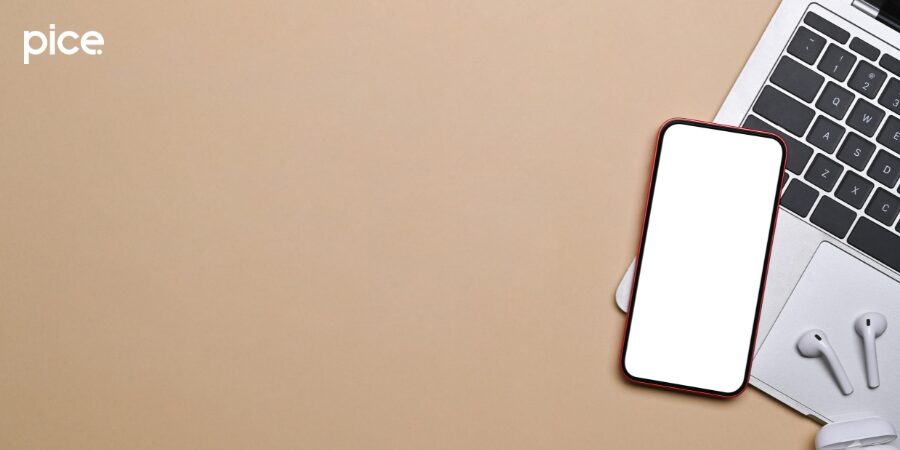
Mobile phone dealers generally come up with the value of supply for computing GST on mobile phones on the basis of the total amount paid by the buyer to the seller, including any discounts or exchange offers.
Value of Supply
According to the GST regime, the value of supply is the price at which a seller sells his goods or services to a buyer. For related parties, GST is charged on the transaction value, which is the price that would be charged in the ordinary course of business between persons who are not related.
Exclusion of Discounts
Discount offers, such as trade discounts or quantity discounts, are common in mobile phone business transactions. If the invoice clearly states these discounts, they are excluded from the taxable value for GST purposes. However, to exclude discounts,, the relevant invoices must reflect them, and you must reverse any ITC claimed on the discount according to the credit note. This ensures that GST applies only to the actual value of the mobile phones sold, without including any provided discounts.
Exchange Offers
Dealers of smartphones often provide exchange offers where customers can trade in old mobile phones for new ones by just paying the difference. Under the VAT regime, this reduced amount was not taxable. However, under GST, this reduced price is taxable.
For example, if a new phone is sold for ₹15,000 in exchange for an old phone, while the price of the new phone without exchange is ₹20,000, GST will be charged on ₹20,000.
What Is the Applicable GST Rate on Mobile Phones?
Under GST, a composite supply includes two or more goods or services that are naturally bundled and supplied together in the ordinary course of business. These items cannot be supplied separately. One of the goods or services is considered the principal supply, and its GST rate is applied to the entire invoice.
For mobile phones, this means that the GST rate for the phone will also apply to the charger and USB cable, as they are essential for using the handset and are naturally bundled.
However, in some brands, earphones are also included with the phone. Since earphones are not naturally bundled with the phone, this is classified as mixed supplies, and different GST rates may apply. Most mobile phones and their accessories are categorised under HSN Code 85. Within this code, different GST rate slabs apply to various items. Therefore, it is crucial to accurately determine the correct HSN code to ensure proper invoicing.
The table below shows the HSN Code and the different applicable tax rates for mobile phones and accessories:
| Product or Commodity Name | HSN Code | CGST Rate | SGST Rate | IGST Rate |
| Smartphones/ Feature phones | 8517 | 6% | 6% | 12% |
| Lithium-ion batteries | 8507 6000 | 9% | 9% | 18% |
| Power bank | 8507 8000 | 9% | 9% | 18% |
| Memory card | 8523 | 9% | 9% | 18% |
| Tempered plastic screen protector | 3919 | 9% | 9% | 18% |
| Tempered glass screen protector | 7007 | 9% | 9% | 18% |
| Earphones, headphones, and speakers | 8518 | 9% | 9% | 18% |
| Adapters and chargers | 8504 | 9% | 9% | 18% |
| Leather Phone Back Covers | 4202 | 9% | 9% | 18% |
GST on Import of Mobile Phones
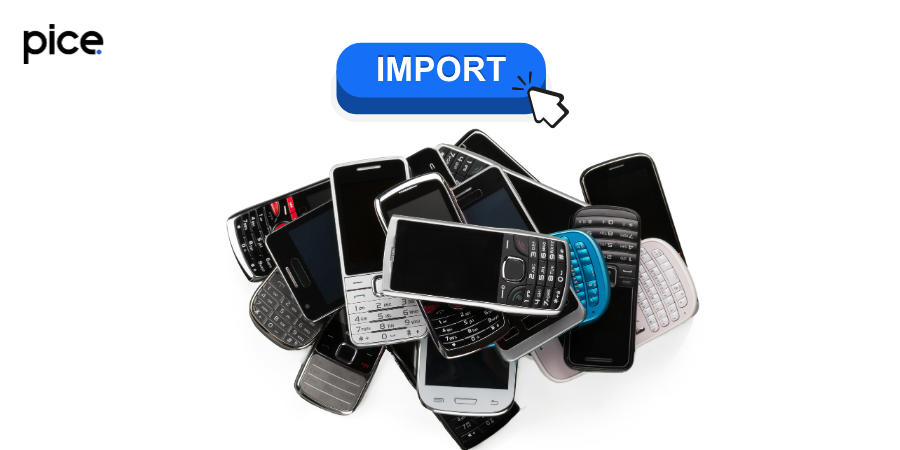
In Budget 2023, few changes were made to the import duties on components which are used in making mobile phones. The import duty on camera lenses and associated parts was reduced from 2.5% to zero. This change aims to promote local manufacturing and lower production costs for mobile phone makers.
Additionally, the exemption from import duties for lithium-ion batteries, which are essential for making batteries or battery packs for mobile phones, was extended until March 31, 2024. This extension helps support the import of important components needed for mobile phone production.
However, Budget 2020 introduced some changes. Previously, mobile phones were exempt from the 10% social welfare surcharge. The Union Budget 2020 reinstated this surcharge on imported mobile phones, along with the existing 20% basic customs duty. This change made imported mobile phones more expensive compared to those made locally, aligning with the government’s goal to encourage domestic production.
When importing mobile phones, the value used to calculate the Integrated Goods and Services Tax (IGST) includes the assessable value of the goods, basic customs duty, and any other applicable duties. This comprehensive taxation approach ensures that all mobile phone imports are properly taxed, contributing to the increased cost of imported mobile phones in India.
These changes in import duties show the government's efforts to boost local manufacturing, reduce reliance on imports, and support the ‘Make in India’ initiative. While these changes may lead to short-term price increases, the long-term benefits include more jobs, economic growth, and a stronger domestic manufacturing sector.
Can I claim an input tax credit (ITC) on mobile phones?
One can claim ITC on mobile phones and their accessories. Dealers of smartphones registered under GST can avail of this credit if they purchase mobile phones from other GST-registered dealers. This approach helps reduce their overall tax liability while streamlining documentation and compliance processes.
To claim ITC, the taxpayer must file the GST returns in the GSTR-3B form. Furthermore, ITC on mobile phones can be claimed if businesses meet the following conditions:
- The buyer must be registered under the GST regime.
- The mobile phones must be bought for business purposes.
- The valid tax invoice should include all required details such as the GST Identification Numbers (GSTIN) of both the buyer and seller, the HSN number of the phone, tax rate value, the company’s name, address, the GST number and more.
- The seller must have filed their GST returns and paid the taxes collected to the government.
The GST amount listed on your tax invoice can be used as a credit against your output tax liability. For example, if you buy mobile phones worth ₹20,000 with an 18% GST rate, the ITC you can claim would be ₹3,600 (18% of ₹20,000).
How Does GST Impact Mobile Phone Prices, Benefits and Unresolved Issues?
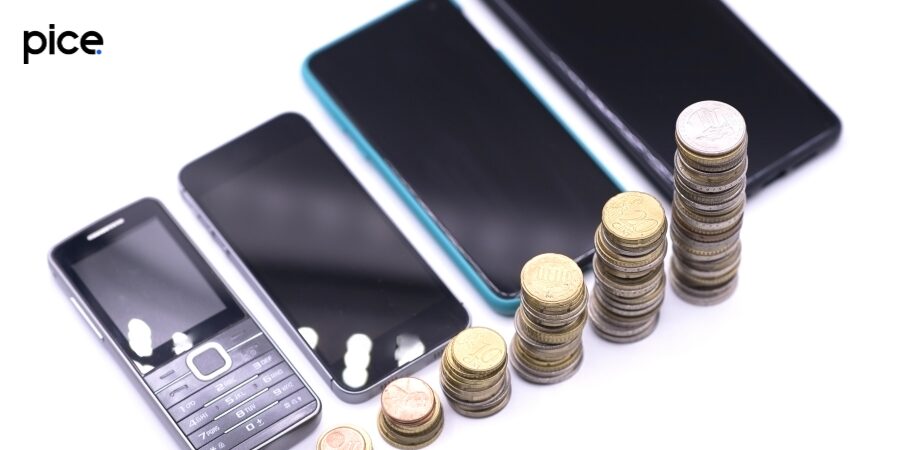
The introduction of GST brought uniformity to mobile phone prices nationwide. Before GST, different states applied varying VAT rates, such as Gujarat's 14% VAT on mobile phones, leading buyers to seek lower-priced options from specific sellers.
Under GST, a standard 18% tax applies uniformly across all goods and services, including mobile phones. While this has increased the cost of mobile phones, it has reduced the overlapping effect of taxes.
Moreover, the following are some benefits of the impact of GST on mobile phones:
- Increased Sales
Mobile phones are now essential items, leading to rising sales for retailers registered under GST.
- Enhanced Competition
Standard tax rates have levelled prices nationwide, fostering healthy competition among mobile phone sellers.
- Reduced Online Advantages
Previously, e-commerce platforms bought phones from low-tax states and sold them in high-tax states under the VAT regime. Although online prices remain lower than in physical stores, the price gap has narrowed, contributing to a more uniform price structure.
Conclusion
The introduction of GST has reduced mobile phone prices across India by replacing varying state-level taxes with a uniform 18% GST rate. More importantly, you can claim GST on mobile phones and their accessories if you are a registered dealer under the GST regime. This helps reduce your overall tax liability while ensuring compliance with GST regulations.
💡If you want to pay your GST with Credit Card, then download Pice Business Payment App. Pice is the one stop app for all paying all your business expenses.
 By
By 







